The 5 Risk Factors of Bird Window Collisions
Apr 6, 2021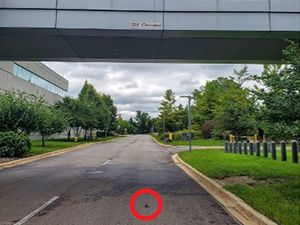
The second leading cause of death for birds in the United States is window collisions, with an estimated one billion birds dying every year. Birds can’t see glass and don’t recognize the structural clues that distinguish windows from open air. While houses account for nearly half of all collisions, large commercial buildings are the biggest threat.
Here are five risk factors that make your building a potential threat to migrating songbirds whose flight paths may put them on a deadly collision course with your windows.
How to Know If Your Building Has a High Risk of Bird Collisions
-
- Transparent Glass Areas. Glass walkways, skywalks, stairwells, bus and smoking shelters create a “tunnel effect.” Glass-enclosed areas where indoor plants are visible are also a threat as birds see only habitat on the other side of the glass.
- High Glass Coverage. Areas with high glass coverage are automatically a risk to birds. We consider window coverage greater than 50% of a façade to be high glass coverage. These photos show a building that is over 80% glass, and the deaths that occurred along the façade in less than 24 hours.
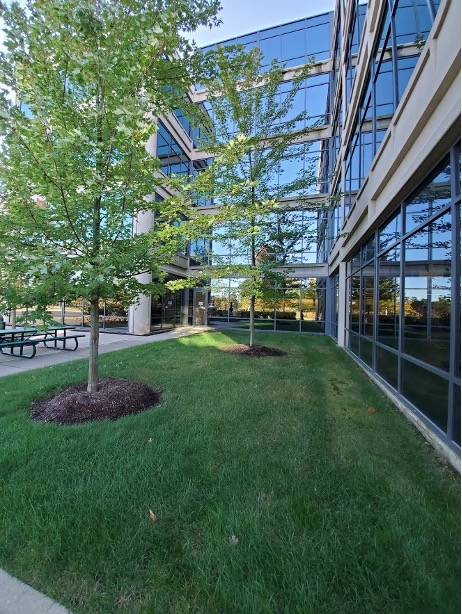
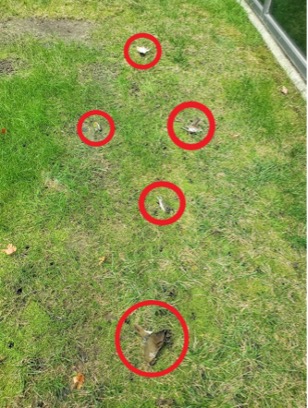
- Glass Reflectivity. Windows that reflect nothing but sky or even another building are at risk of bird collisions, but windows that reflect natural habitat like bushes, trees, wetlands, etc. create the biggest risk of all, as birds see only habitat and not the glass barrier. These two photos are of the same window, with and without the window frame cropped out.
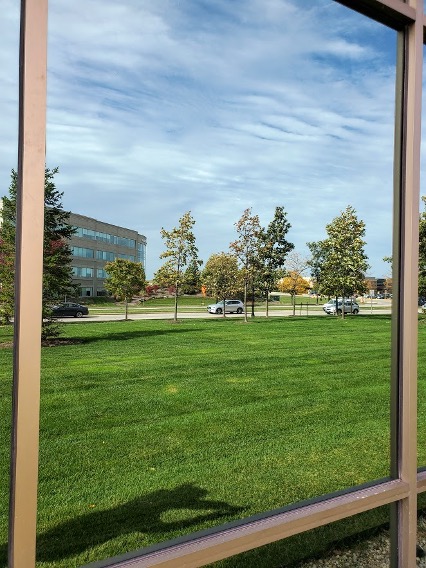
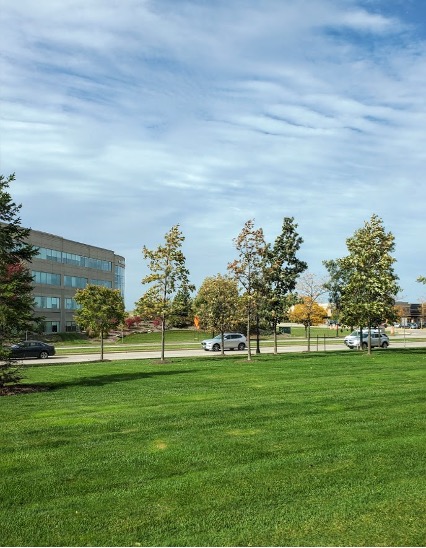
- Food Attractants. General food attractants can increase a building’s window collision risk. Bird feeders within six feet of windows, crab apple trees, and berry bushes all draw birds near the building where they risk colliding with windows. Berries that overwinter can ferment and leave birds with the additional risk of intoxication and clumsier flight.
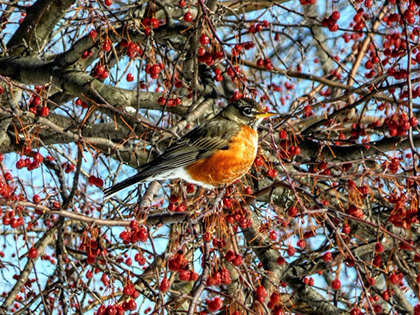
- Surrounding Habitat. Buildings nearby to natural bird habitat will have an increased risk for collisions, especially during migration. When birds are migrating, they are looking for natural oases in our urban world. Wetlands, forests, parks, and prairies draw far more birds than an average urban area, especially during migration. Collisions tend to be higher on the side of the building that borders this habitat, or in transparent glass areas where the habitat is on the opposite side.
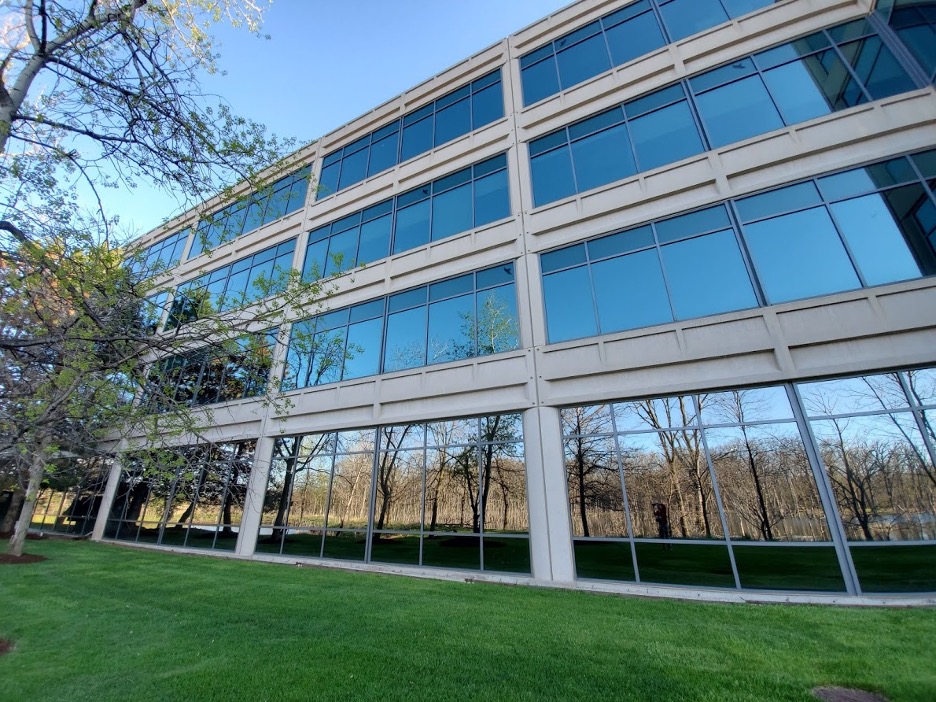
Let us help you be part of the solution. Migratory Bird Management has experts in window collision prevention. We are certified distributors and installers of Feather Friendly Bird Collision Deterrent Markers. If your building has high risk factors for bird window collisions, contact us for an assessment today!Contact us to learn more about how we prevent bird window collisions
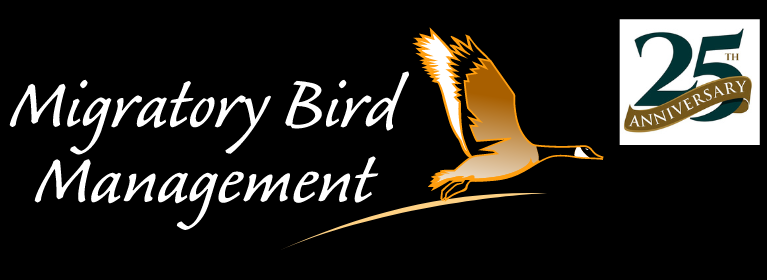



 0
0
